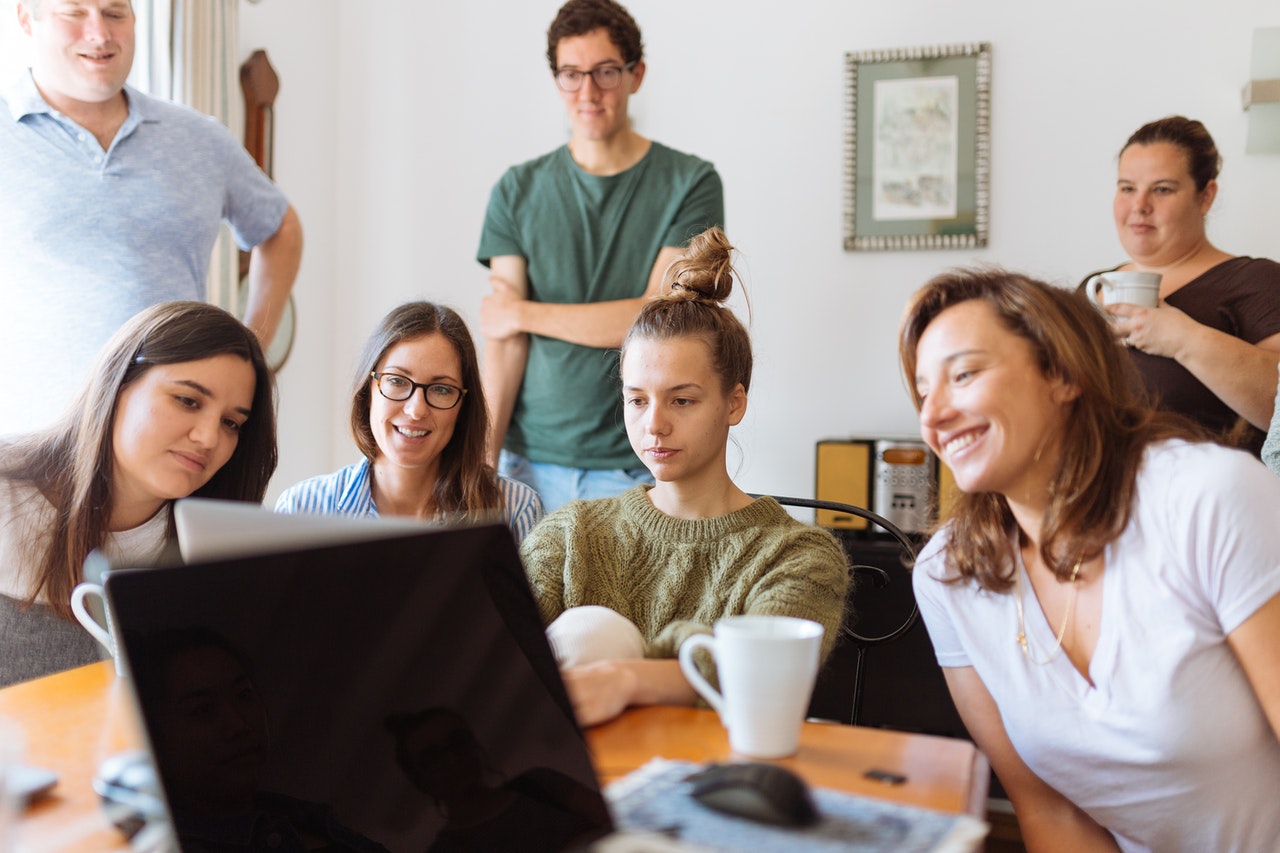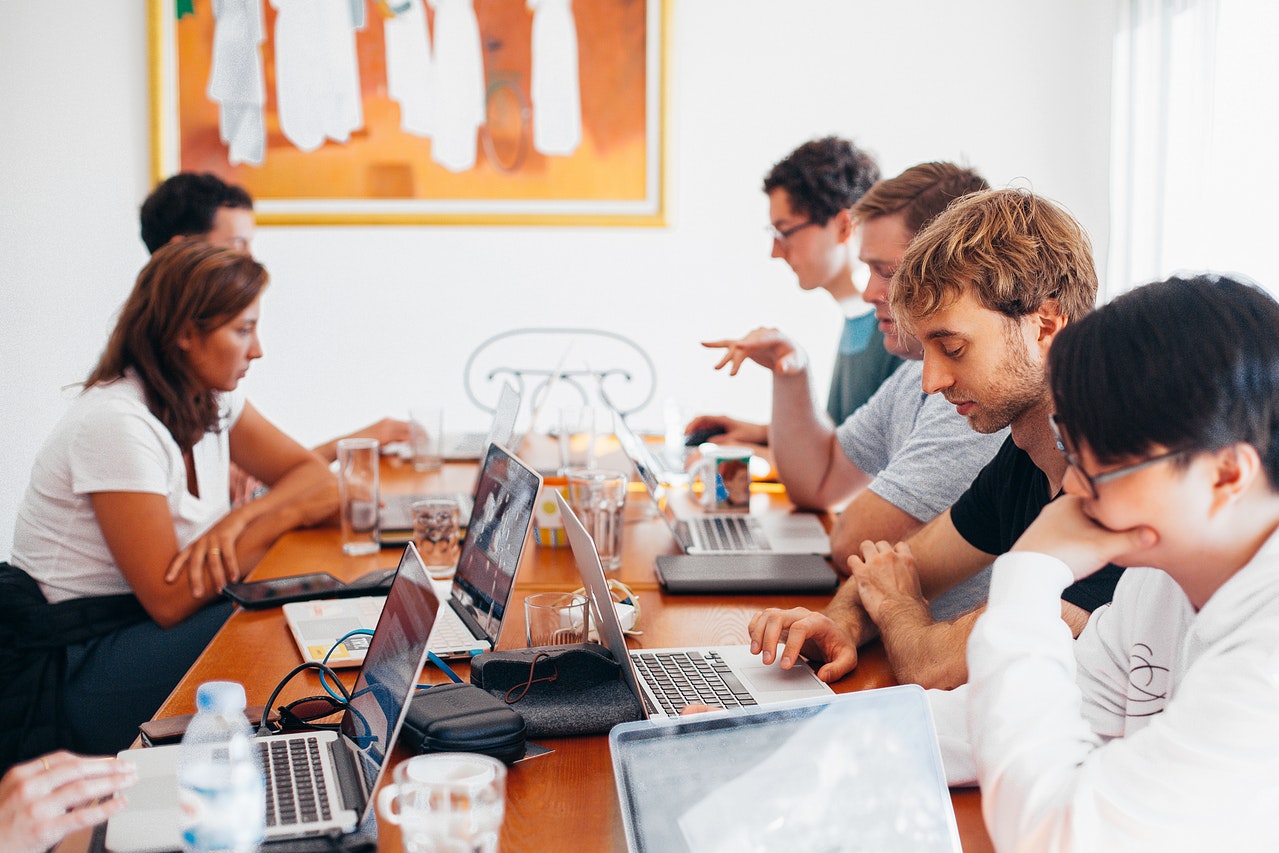How creative can remote teams be?
Published

Myth: Remote work stifles innovation.
Critics of telecommuting often claim that creativity and innovation are more effective when they take place in the office. However, there is no evidence to support this claim. Now that a global workforce has been experimenting with telecommuting for nearly two years, the research is in: Telecommuting can be an advantage for innovation, and remote teams are creative.
Scientific American reports: "Extensive research shows that hybrid and Remote-Teams Gain an innovation advantage and outperform in-person teams by using proven innovation practices like virtual brainstorming." The New York Times goes even further: "People who study the topic say there's no evidence that in-person work is effective Creativity and collaboration are essential. It could even harm innovation, they say, because the requirement to do office work at a specific time and place is a big reason why the American workplace has become inhospitable for many people."
Three key findings highlighted in these articles are:
Creativity in the office does not take place under equal conditions. Typically, the most extroverted or outspoken team members are heard in the office.
Collaboration that only occurs in a shared environment is more likely to result in groupthink than the most creative or innovative results.
To be truly innovative, employees need to focus on their work. This is more difficult to achieve in purely office environments.
Additionally, exemplary remote-only companies like GitLab, Zapier, and Doist prove that remote work is not a barrier in these areas as they are leaders in their respective industries.

Those: entrepreneur.com
Attempting to transfer brainstorming and creativity processes from an office to a virtual work environment only produces inadequate results. How can companies and leaders take advantage of remote and hybrid work environments to promote innovation and creativity? At Workplaceless, we recommend a proven approach to effective remote work that applies to the creativity of remote teams and focuses on three areas: mindset, skills and infrastructure.
Mindset: Think about your personal and collective attitudes towards creativity and innovation
Creative ideas require observation, space and time. It's not for nothing that these "aha" moments arise during walks, on vacation and in the shower: positive thinking, solitude and less hectic work open people up to creative thoughts.
A lack of creativity and innovation is often the result:
- too many meetings and inefficient processes
- Being overworked, burned out or isolated
- a lack of psychological safety and trust
- Fear of change
Your attitude towards creativity has a big impact on your ability to innovate. It is crucial that you assess your perspective beyond the office vs. remote work debate and focus on what lies at the core of your creativity Teams - and your own.
Ask yourself these questions:
- When and where do I or my team have the best ideas?
- What does my team need to be creative?
- Are creativity and innovation currently driven by one voice or a few?
- How much creativity does my team need to be successful?
- Does my team have structures in place to introduce new ideas and drive change in our work environment?
- Are there barriers that inhibit creativity?
By thinking about what you and your team need to innovate, you take the first step toward effectively establishing and maintaining a distributed or hybrid environment that ensures robust creativity and innovation.
Skills: Develop habits to cultivate creativity in remote teams
Remote-first teams that prioritize virtual work—and especially those that adopt async-first practices—spend less time in meetings and pinging or calling each other for information. This extra time is used for thinking, reflecting, pausing, researching and reading, leading to additional inspiration and breakthroughs.
The hybrid work landscape offers numerous opportunities for innovation. Teams must explore new ways to develop ideas and put them into practice in virtual and asynchronous environments.
Be inspired by the surroundings
Team members are scattered and therefore exposed to different external influences, be it geographical, social or otherwise. In hybrid environments, there is an increasing difference between in-office experiences and virtual experiences. Let these different environments inform the creativity of your team members. Ideas can arise from time spent with other people or in solitude, or from exposure to new cultures.
Use tools to level the playing field for idea generation
In synchronous environments, such as For example, in office meetings, participants often listen to others, wait their turn, and participate in group conversations. In asynchronous environments, teams can use the channels and spaces to exchange ideas and resources that are not limited by the space or time of the meeting. Consider whether ideas should be shared anonymously, which can further encourage creative thinking by reducing groupthink and increasing turnaround time.
Increase psychological safety through open and inclusive brainstorming

Those: dodifferent.com
Leaders have a responsibility to ensure that not only diverse perspectives are heard, but that team members feel safe sharing their ideas. Many of the digital tools you probably already use have features that can help you increase psychological safety. Anonymous idea submissions and voting allow you to make brainstorming sessions more open and inclusive than when all participants are in the same place. Adopting asynchronous brainstorming practices is helpful, but leaders also need to ask more questions, avoid jumping to conclusions, challenge their own biases, and encourage open dialogue.
Infrastructure: Create the conditions for remote team creativity to thrive
Maximize the benefits of virtual workplaces by creating an infrastructure that allows team members to take the time and space they need to think creatively and collaborate on innovative results.
One of the most common complaints about remote or hybrid work is the lack of “water cooler moments” that lead to new ideas. While there is no evidence that these moments actually contribute to innovation, it remains one of the things that remote workers miss about working in the office.
Synchronous time can influence creative output. Recognizing the processes necessary for innovation helps teams adapt their creative practices to remote work environments. To build a new creative process, use the locationless taxonomy, where the lower-level tasks, e.g. B. the generation of ideas, run asynchronously and the tasks at the upper level, e.g. B. Connection, decision making and innovation, can be achieved through synchronized meetings and connections.
Enable serendipity with structure and permission
Informal conversations can also take place in remote and hybrid teams, but they must be structured and explicitly allowed. Set the expectation within your team that this type of interaction is desired and provide the necessary structure to enable it: set up virtual office hours or randomly assign employees for one-on-one meetings or small groups.
Limit creativity

Those: crestcom.com
It sounds counterintuitive, but creativity loves limitations. Time limits, breaks and structured communication rules lead to more creativity. Structured virtual meetings that increase productivity can also inspire creative thinking. So take advantage of these opportunities for your hybrid team members.
Set up virtual brainstorms, parking lots and cemeteries
Use virtual collaboration tools or team channels to capture ideas that would normally only be expressed verbally, without the possibility of reviewing or revisiting them in the future. Brainstorm ideas, park ideas that aren't ready, or follow up on discarded ideas. A running record of ideas in a virtual space allows teams to return to ideas that were previously suggested, which in turn can spark new ideas.
Structure deep work sessions
People need space and time for intensive work and creative flow. Async-first teams that minimize time spent in ineffective meetings free up more time for intense work. Support your team by reserving time in your calendars for deep work sessions to enable undisturbed, focused work. Take more time for focused work and breaks to increase productivity and creativity.








